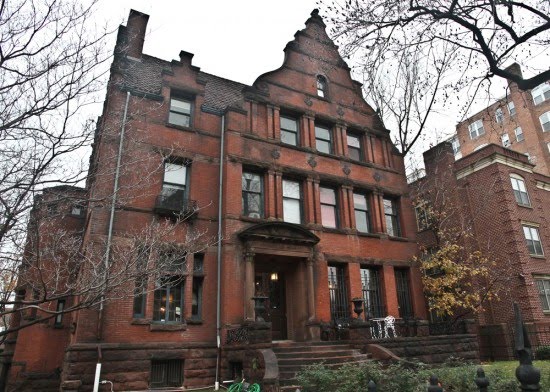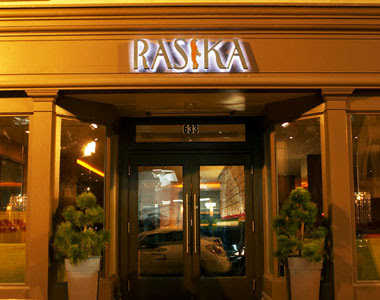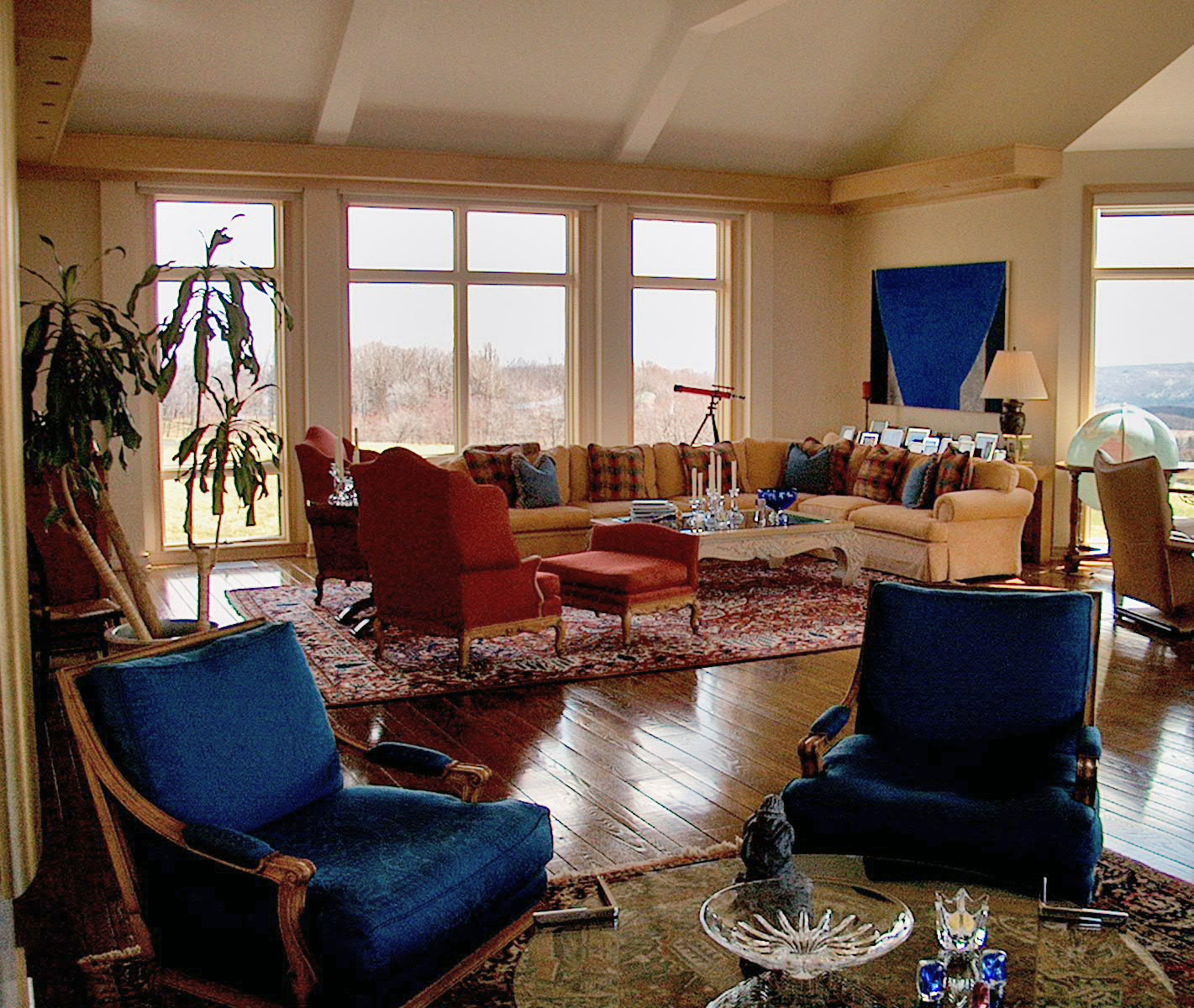
Elm Street Development plans to start its construction on 2000 Wilson Boulevard (formerly the Taco Bell and Dr. Dremo's site), known now as 2001 Clarendon, with 30,000 s.f. of retail space and 154 residential
 units, while USAA, which purchased the 1900 block of Wilson Boulevard late last year, plans to start work this fall on a mixed-use, predominantly residential project. Working out approvable developments on both sites required land swapping and an endowment of land to Arlington to extend Troy Street, connecting Wilson and Clarendon Boulevards. Meanwhile, developers at the eastern end of the superblock on Rhodes Street are still vying to get financing to double the size of the office space and integrate retail.
units, while USAA, which purchased the 1900 block of Wilson Boulevard late last year, plans to start work this fall on a mixed-use, predominantly residential project. Working out approvable developments on both sites required land swapping and an endowment of land to Arlington to extend Troy Street, connecting Wilson and Clarendon Boulevards. Meanwhile, developers at the eastern end of the superblock on Rhodes Street are still vying to get financing to double the size of the office space and integrate retail.2000 Wilson
The stuttering progression
 at 2001 Clarendon was initially planned to begin in late 2007 as a condominium, but in 2008 switched to apartments (in theory), shooting for a 2010 completion. In early 2010 Elm Street VP Jim Mobley said the team was again "looking at" the concept of condos, "financing dependent." With financing now in place (underwritten as apartments), construction is near, with the likely chance of condo conversion down the road. Retail space will front 3 streets, subdivided into small storefronts. Because of Elm Street's rejiggering of the plans, at Arlington's suggestion, no permits have been issued, but sources for the project say work is expected to commence late this year.
at 2001 Clarendon was initially planned to begin in late 2007 as a condominium, but in 2008 switched to apartments (in theory), shooting for a 2010 completion. In early 2010 Elm Street VP Jim Mobley said the team was again "looking at" the concept of condos, "financing dependent." With financing now in place (underwritten as apartments), construction is near, with the likely chance of condo conversion down the road. Retail space will front 3 streets, subdivided into small storefronts. Because of Elm Street's rejiggering of the plans, at Arlington's suggestion, no permits have been issued, but sources for the project say work is expected to commence late this year.George Dove, Managing Principal at WDG Architecture, which designed the 6 story "extremely contemporary" building, notes the challenges facing the climbing site. "From a zoning standpoint, between Courthouse and Rosslyn, you have a sequence of height limits, and you have elevation changes, so it has a series of levels that drop-off as you move down the street, like stair-steps. This had alot to do with driving the design." Besides shooting for basic LEED certification, an Arlington requirement, 2001 Clarendon will incorporate a series of green roofs. "This is the antitheses of the high-rise, urban, compact residential project. It stretches out over a much larger floorplate. That gives alot of rooftop areas at different levels, it is definitely not a boring facade," said Dove.
1900 Wilson

Across the (not yet built) street, USAA has purchased 1900 Wilson Boulevard, along with its plans for a 5-story mixed-use residential building. USAA bought the Hollywood Video site from Zom, Inc., which had already birddogged plans to construct residences through Arlington's approval process. USAA will retain Zom as a fee developer to build out the project. Torti Gallas designed the more urban seeming structures with large retail spaces along Clarendon Boulevard and live/work spaces along Wilson Boulevard.
Sources involved in the development say no dates have been set, but that work is "on target" to materialize this year, and Hailey Ghalib of USAA says the the developer expects to build in the third quarter of this year and is working with Harkins Builders on pre-construction issues,
 but has not yet signed a construction contract nor obtained construction permits. Construction is expected to last 22 months.
but has not yet signed a construction contract nor obtained construction permits. Construction is expected to last 22 months.1800 Wilson
The lone holdout at this point is the eastern end of the block, slated to demolish Rhodeside Grill and Il Radicchio to more than double the office space used by the National Science Teachers Association. The NSTA has teamed with developer DRI to expand their Arlington headquarters at 1840 Wilson, with an approved site plan in hand. NSTA hopes to build a 107,000 s.f. office building with 10,000 s.f. of retail, taking up an adjacent surface parking lot. The site plan was initially approved in November 2005, amendments were approved in July 2008 and November 2008 to resolve façade and parking issues, but the project is on hold pending financing, which the team is "working very hard" to secure, of course. The NSTA has already contracted Davis Carter Scott as the architect and DPR Construction Company as the general contractor, if and when the bankers come to the rescue.
As if that weren't enough, work is now underway next door in the 1700 block of Wilson Boulevard, where Skanska is building a 5 story office building. Get ready for a loud but productive year, and lots of cranes.
Arlington Virginia real estate development news

















































